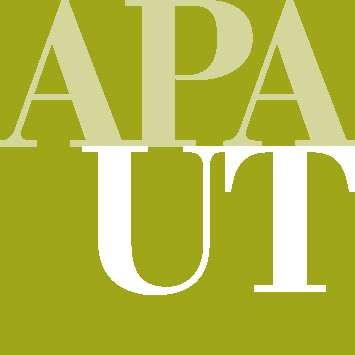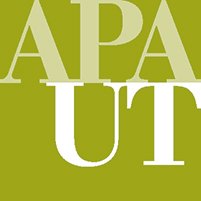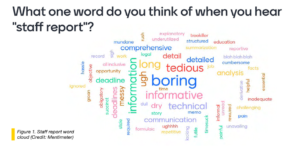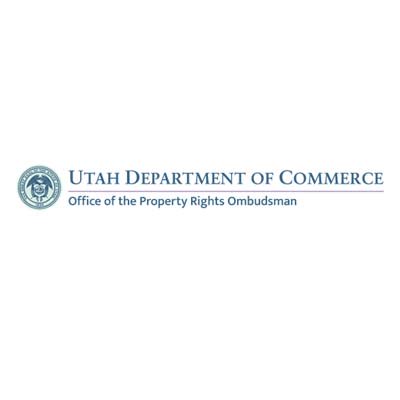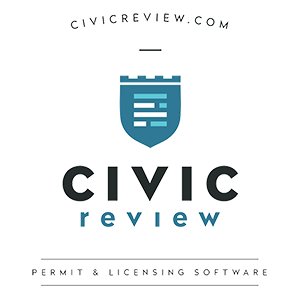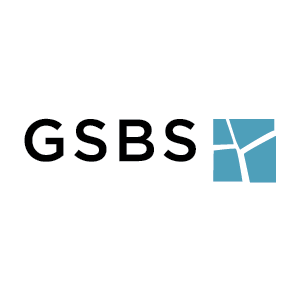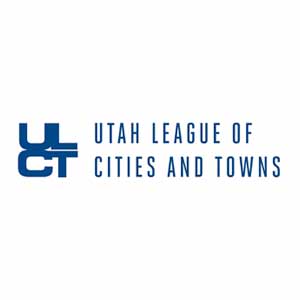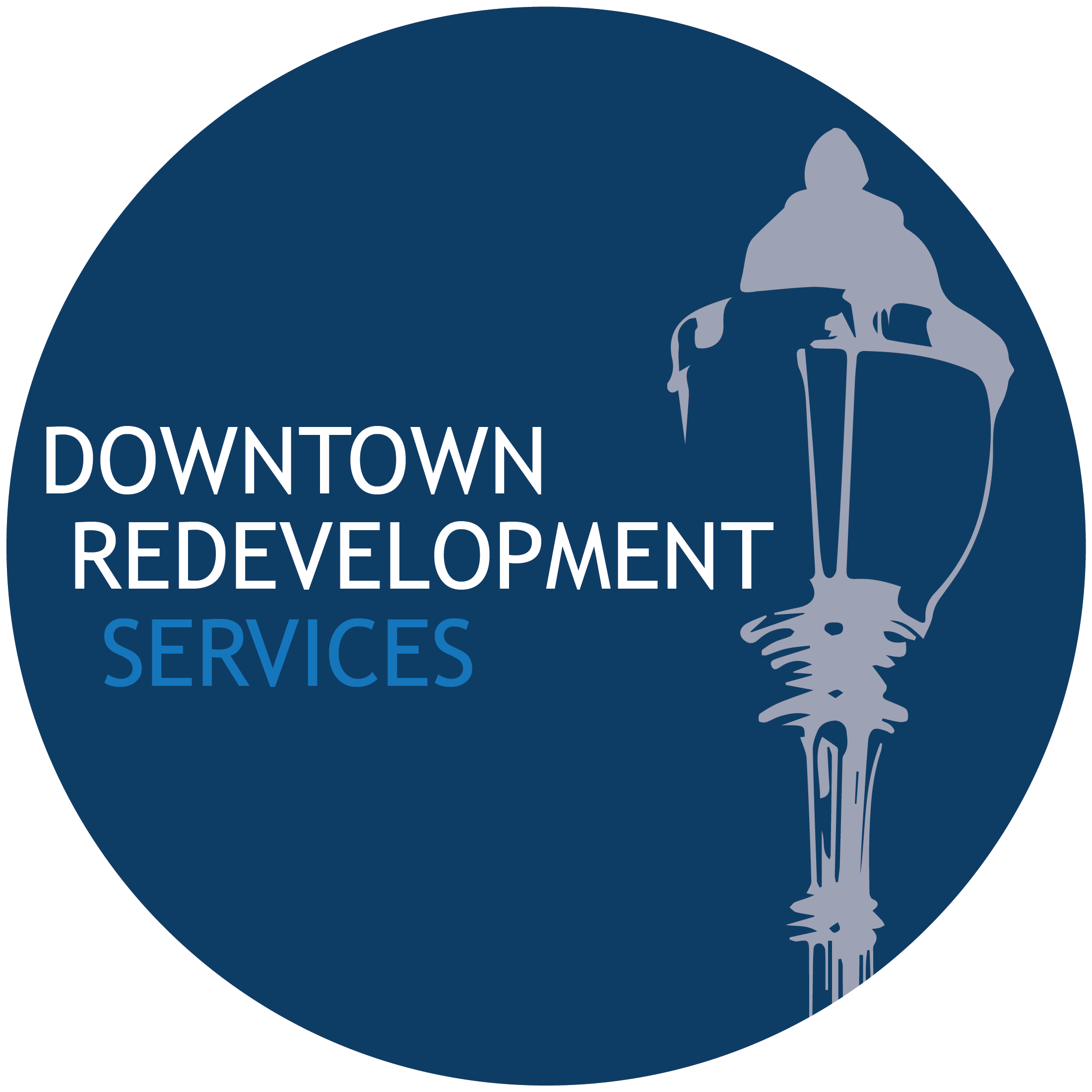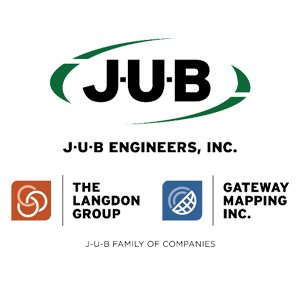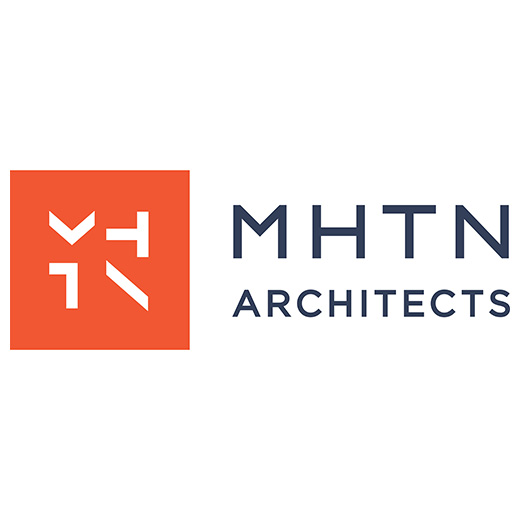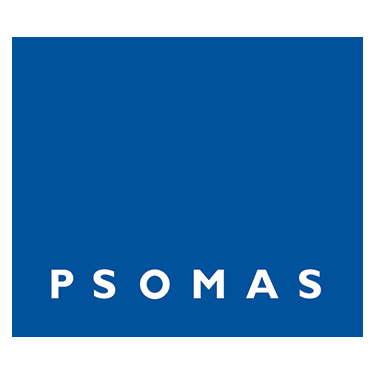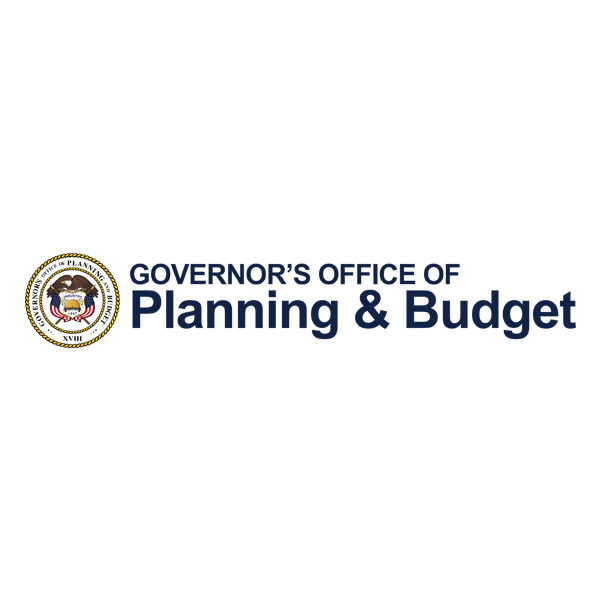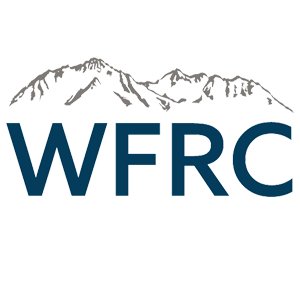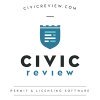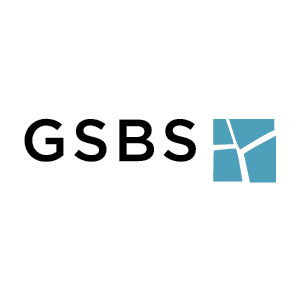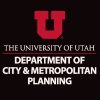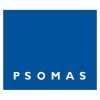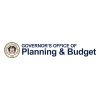Keys to a good staff report
January 22, 2024 by Nicole Masson
Trends
Keys to a good staff report By Stephen Nelson
Are our staff reports boring?
The short answer is yes, at least some of the time. One of the most challenging jobs we have as planners is communicating our knowledge, skills, and ideas to decision-makers and the public. One of our most essential tools is the dreaded staff report. At the APA national conference in 2017, a survey asked participants to select one word that came to mind when considering staff reports. My favorite highlights include boring, tedious, ugh, treekiller, and dry. So what can we do to make our staff reports better?
*Survey of Planners at the 2017 National Planning Conference (Zoning Practice June 2023)
“Each staff report is an opportunity to think about our connections with other people and nature…and how to best work together for the general health, safety, and welfare of our ecosystem.” -Bonnie J. Johnson, FAICP, Ph.D., and Stephanie Kisler, AICP, Zoning Practice June 2023
Staff reports serve several essential purposes for our job as planners.
- Communicate facts and information to decision-makers, applicants, and the general public
- Creating a legal record
- Education
- Make recommendations
Keys to a good staff report
What can we do to make our staff reports better? The following are several keys that I have found helpful in creating a good report.
- Know Your Audience
- Make Cover Page Count
- Use Visuals and Design Strategically
- Collaborate and Share
- Don’t Just State the Facts. Educate!
- Be Creative But Predictable
- Dedicate Time

Many of these steps are easier said than done, but if implemented, they can help make your reports more engaging and helpful to your audience.
Know Your Audience
One of the most challenging things about staff reports is the wide range of readers. These readers include decision makers (planning commission, council, and others), applicants, the general public, future planners trying to figure out why a particular decision was made or what issues were identified with a project, other members of staff, and future judges or attorneys to resolve legal disputes.
This list includes a wide range of people with different levels of experience and understanding. Planners need to balance providing everything needed without overwhelming the audience.
It is critically important to make sure your report meets legal requirements. Ensure you have clear findings, and encourage the land use authority (LUA) to adopt those findings. Also, indicate the decision type, legislative or administrative; this will help the LUA know what level of review to give to any application or decision. If you have the resources, have your legal team review your report. Like many of us, our city/county attorneys are very busy, so first focus on hot-button issues.
Make Your Cover Page Count
A cover page may be the only thing the LUA or anyone reads, so try to make it count. Provide critical details like application type, location, zoning, decision type, and your or other bodies’ recommendations. There are plenty of excellent examples from all over the state. If you are looking for good ideas, visit a few of your neighbors’ websites and look at their planning commission packets.
Use Visuals and Design Strategically
A picture (including maps, tables, and graphics) is worth a thousand words, especially within our staff report. Essential graphics, maps, charts, and attachments will allow you to summarize critical points simply. Additionally, it will help engage your reader. No one wants to read a 10-page report of just text, so add graphics to help drive key points home to the reader.
Collaborate and Share
Most of us work with a wide range of staff and stakeholders who care about what is within our staff report. Take the time to collaborate with these other stakeholders before publishing your report. These stakeholders could include other planners in your department, the city/county attorney, public works and engineering, utility departments, and others the project may impact.
Don’t Just State the Facts. Educate!
Most of these reports are not read by trained planners. Our job is to state facts and educate our readers about key planning topics. This includes highlighting best planning practices for housing, roadway connectivity, active transportation, open space, and urban design. Provide references and explanations of local or state codes to help the reader understand what is required. Explain why staff has made a particular recommendation and provide justifications for that recommendation. Come ready to present at meetings with graphics or handouts.
Be Creative But Predictable
Staff reports should be easy for decision-makers to navigate. Each staff report should follow the same basic format. However, don’t be afraid to experiment with something new. If you feel something needs to be changed, try it out. Always look at ways to make your reports better. Also, take advantage of new technology to improve access and the report format. Also, remember that it is important to keep it simple.
Dedicate Time
Dedicating time may be the most challenging item on this list. I have written many reports in the eleventh hour, but my reports are always better if I dedicate time to them. Staff reports can and will consume much time, so block out time on your calendar to write and review your reports without interruptions. Scheduling time will help you avoid errors and provide a higher-quality report.
Time to Shine
Staff reports and public meetings put a spotlight on you and your department. These reports allow your department to showcase your skill and professionalism. So remember, when writing your reports, it is truly your time to shine.
References:
I took many of this article’s recommendations from the following publications. These resources can be beneficial and have helped me. If you want to learn more about writing a better staff report, check them out.
-Zoning Practices, June 2023. Bonnie J. Johnson, FAICP, PHD, and Stephanie Kisler, AICP. American Planning Association
-The Better Staff Report, March 2017. Bonnie J Johnson, PHD, AICP. https://planning.org/planning/2017/mar/betterstaffreport/
Recent News
- » APA Utah Board Elections Are Now Open!
- » APA Utah Winter Social: Movie Night Featuring ELF
- » APA Utah Annual Business Meeting
- » Thank You for Attending the APA Utah Fall Conference!
- » Fall Conference
- » APA Utah is Growing — and We Need Your Help!
- » Call for Nominations: Join the APA Utah Board of Directors
